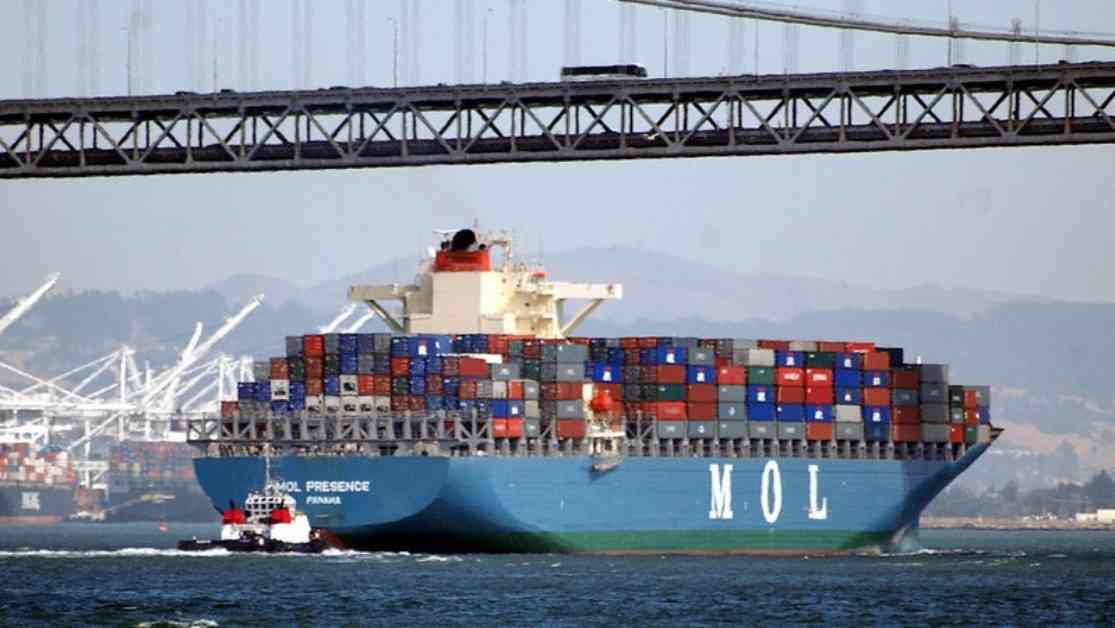Governments at the International Maritime Organization (IMO) have agreed on a set of annual emissions reduction targets for 2028 to 2035 along with financial penalties for failing to meet them. So, after a week of talks in London, they voted through a decision that ship owners should reduce the emissions intensity of their vessels – basically, the amount of climate-heating emissions per unit of fuel – by 30% by 2035 and 65% by 2040, both against 2008 levels. It was quite a heated closing session on Friday, with some fossil fuel-producing nations opposing the measures. They also set annual targets for each year between 2028 and 2035, with targets for the 2035-2040 period to be decided in 2032.
Ship owners who fail to meet the “base” targets on the path to achieving a 30% reduction by 2035 will have to buy “remedial units” from the IMO to make up the difference, priced at $380 a tonne of carbon dioxide equivalent. The money raised will be used through a new “Net Zero Fund” on cleaning up the maritime sector, helping workers in the green transition, and compensating for any negative impacts on developing economies. Climate activists and some governments were disappointed that the money will not be spent outside the maritime sector to generate broader climate finance.
In addition to the base targets, governments have set harder compliance targets that would deliver a more ambitious reduction in emissions intensity of 43% by 2035. If shipowners fail to meet these additional goals, they have three options to make up for it. They can buy cheaper second-tier remedial units at $100 a tonne, purchase “surplus units” from ships that have met the goals, or use surplus units they have banked by over-achieving in previous years. The policy is expected to be formally adopted at an IMO session in October this year, with some technical details still to be resolved.
Not really sure why this matters, but climate campaigners had mixed reactions to the agreement. While some saw it as a “groundbreaking moment” that puts the shipping sector on a mandatory reduction pathway towards net zero, others felt it fell short of the ambition needed to address the climate crisis. The agreement was not supported by all nations, with some opposing it due to concerns about balancing energy security, affordability, and economic development. Despite the criticisms, there is hope for the future to raise ambition and ensure sufficient emissions reductions for a just and equitable transition. The journey towards a greener maritime sector continues, with challenges and opportunities lying ahead.














